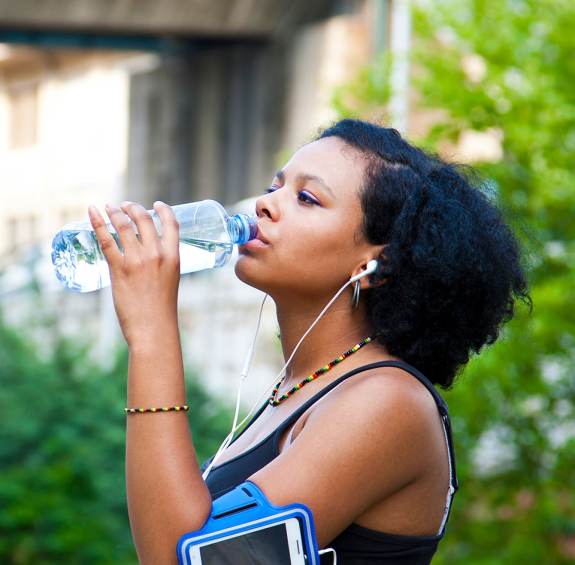Weather & Climate
HEAT PREPAREDNESS
Arizona offers an amazing variety of places and climates to explore as a year-round destination. This includes the summer months of May-September, when the state’s western, central and southern regions typically experience extended periods of high (triple-digit) temperatures.

🌤 Current Weather by Arizona Region
Exposure to high heat can increase a person’s risk for heat-related illnesses. With Arizona remaining a top choice for visitors from across the country and across the world, the Arizona Department of Health Services has developed several tools and guidelines to ensure the safety and comfort of Arizonans and travelers during the summer.
- Stay Cool: Stay in air-conditioned buildings as much as possible and avoid direct sunlight.
- Stay Hydrated: Drink plenty of water and don’t wait until you’re thirsty to drink.
- Stay Informed: Stay updated on local weather forecasts to plan activities safely.
- High body temperature (104° or higher)
- Hot, red, dry or moist skin
- Rapid and strong pulse
- Possible unconsciousness
During extreme heat events, several groups of people are at elevated risk including the elderly, people with chronic medical conditions, people experiencing homelessness, outdoor workers and athletes. These groups and any at-risk friends, family and neighbors should be checked on twice per day.
Preventing Heat Illness
Bodies cool by letting heat escape through the skin and by evaporating sweat (perspiration). If your body does not cool properly or does not cool enough, you might suffer from a heat-related illness.
Anyone can be susceptible to heat-related illness. Those at greatest risk are infants and young children, adults over 65, people who are homeless, people who are overweight, people who overexert during work or exercise, and people who are physically ill or on certain medications, such as for depression, insomnia, or poor circulation. Heat-related illness may be serious or even deadly if unattended.
Staying healthy during the summer is easier if you take the time to protect yourself by making sure you are drinking enough water and limiting your exposure to the heat.
Guidelines for Preventing Heat Illness:
- Drink Water: Even people who stay mostly indoors should drink at least 2 liters of water per day. People who spend time outdoors should drink 1 to 2 liters per hour while they're outdoors. People who do strenuous activities outdoors should be cautious since a body can lose up to 4 liters of water per hour during strenuous activity. Carry water and drink it regularly, before becoming thirsty. Avoid alcohol, which dehydrates the body and avoid using salt tablets unless directed by a physician.
- Dress for the Heat: Wear lightweight, light-colored clothing, which reflects some of the sun's energy. It is also a good idea to wear hats or to use an umbrella. Always apply sunscreen to exposed skin. Eat small, frequent meals. Avoid high-protein foods, which increase metabolic heat.
- Monitor Those at High Risk: Check on friends, family and neighbors twice a day for signs of heat exhaustion or heat stroke. Infants and young children, of course, need much more frequent watching.
- Take Regular Breaks: When engaged in physical activity on warm days, take time out to find a cool place. If you’re showing any symptoms of a heat-related illness, stop activity and find a cool place.
- Have Fun, But Stay Cool!

Heat Preparedness Resources for Visitors:
- Heat & Hiking Safety with Arizona State Parks & Trails
- Heat & Road Trips with Arizona Department of Transportation
- Heat & Car Safety with Arizona Department of Health Services
- Heat & Monsoon Safety with Arizona Department of Health Services
- General Heat Safety Tips with Arizona Department of Health Services
- Heat Safety Tips for Pets with the Arizona Humane Society
- Finding a Cooling Center with Arizona Department of Health Services & Maricopa Association of Governments
- Bilingual Heat Safety Brochure (Inglés y Español)
- Sign Up for Excessive Heat Warnings
- All Heat Preparedness Resources from Arizona Department of Health Services



